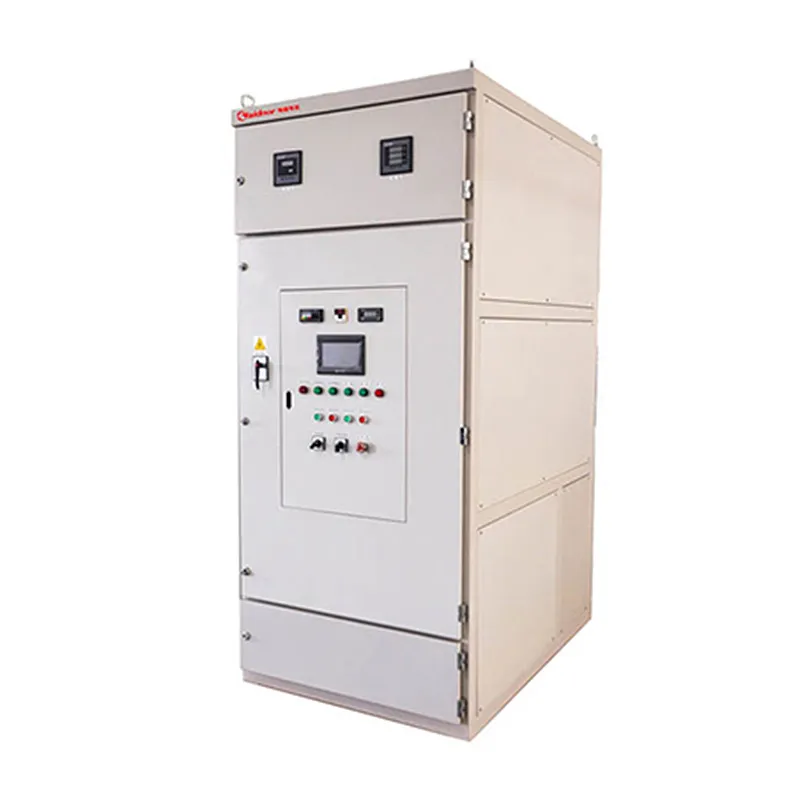
In the world of industrial automation and motor control, ensuring the smooth and reliable start-up of three-phase induction motors is crucial. These motors, which are widely used in various industries due to their high efficiency and versatility, present a unique challenge during the starting phase. Specifically, they require a significantly higher current load than their nominal operating current, often ranging from 3 to 15 times the normal current. This sudden surge in current can not only strain the motor itself but also put undue stress on the power supply, electrical components, and even the motor's mechanical load, potentially leading to premature wear and damage over time.
Enter the soft motor starter, a device designed to mitigate this issue by providing a more gradual and controlled ramp-up of the motor's starting current. By doing so, soft starters not only protect the motor and its surroundings but also contribute to energy savings and improved overall system performance.
Understanding the Core Components: Silicon Controlled Rectifiers (SCRs)
At the heart of a soft motor starter lies a series of silicon controlled rectifiers (SCRs), also known as thyristors. These electronic components act as variable resistors, allowing the current flow to be adjusted and controlled precisely. Unlike traditional resistors, which have a fixed resistance, SCRs can be switched on and off rapidly, enabling them to dynamically adjust their conductivity in response to changing conditions.
The Working Principle
When a three-phase induction motor is connected to a soft starter, the SCRs are strategically placed in series with each phase of the motor's power supply. Initially, the SCRs are partially conducting, allowing only a fraction of the full voltage to reach the motor. As the motor begins to rotate, the soft starter gradually increases the conductivity of the SCRs, allowing more current to flow into the motor.
This gradual increase in current and voltage mimics the natural acceleration curve of a motor, reducing the initial surge and allowing the motor to ramp up to its full operating speed smoothly. The precise control over the current flow enables the soft starter to maintain the desired torque and speed profile during the start-up process, minimizing stress on the motor and its components.
